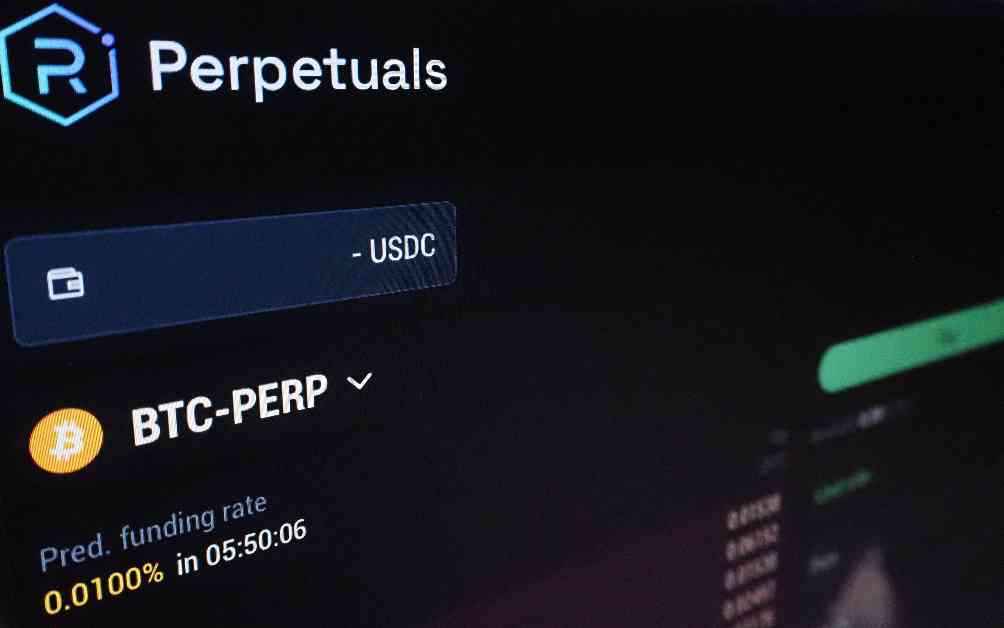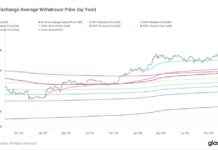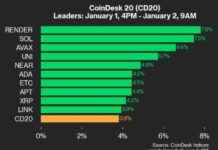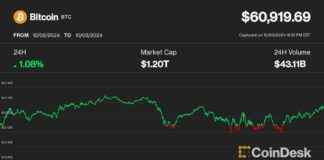Raydium Questions Pump.Fun’s Reported AMM Shift as a Risky Move
In a recent development, Raydium, the leading automated market maker (AMM) on the Solana blockchain, has expressed concerns over rumors suggesting that Pump.Fun, a major volume driver in the memecoin space, is considering launching its own AMM platform. The speculation has raised eyebrows within the crypto community, with Raydium highlighting potential pitfalls in Pump.Fun’s pivot strategy.
The core contributor at Raydium, known as InfraRAY, emphasized that abandoning the current partnership with Raydium in favor of an in-house AMM could prove to be a “strategic miscalculation” for Pump.Fun. InfraRAY pointed out doubts regarding Pump.Fun’s ability to replicate the success and profitability it has enjoyed through its existing collaboration with Raydium.
The news of Pump.Fun’s potential shift sent shockwaves through the market, leading to a mass sell-off of RAY tokens over the weekend. Observers noted that Pump.Fun appeared to be testing its own AMM infrastructure, signaling a possible move away from Raydium’s liquidity pools. This move could have significant implications for decentralized token trading on Solana.
Currently, Raydium serves as the primary AMM platform on Solana, benefiting from trading fees generated by Pump.Fun’s memecoins that have transitioned from the launchpad to its pools. This arrangement has been a lucrative source of revenue for Raydium, contributing to its status as a key player in the Solana ecosystem.
However, while Raydium reaps the rewards of trading fees, Pump.Fun may miss out on the long-term benefits associated with the tokens created on its platform. Despite accumulating a substantial sum from early-stage token launches, Pump.Fun could face challenges if it decides to transition to a new AMM model.
According to data from a Dune dashboard, more than 30% of Raydium’s daily trading volume is attributed to Pump.Fun tokens. This significant contribution underscores the potential impact that Pump.Fun’s departure could have on Raydium’s revenue streams. InfraRAY acknowledged the reality of a revenue hit in this scenario but cautioned against overstating the market’s response to the news.
In a message to CoinDesk, InfraRAY highlighted potential obstacles that Pump.Fun might encounter in the transition process, such as inadequate infrastructure, low demand for migrated tokens, and a possible decline in trading volume upon launch. These challenges could pose risks to Pump.Fun’s operations and financial performance if not addressed effectively.
While InfraRAY acknowledged the uncertainties surrounding Pump.Fun’s rumored pivot, he emphasized the need for careful consideration and strategic planning in navigating this transition. The crypto market is known for its volatility and unpredictability, making it essential for projects like Pump.Fun to weigh the pros and cons of such strategic decisions.
Despite the speculation surrounding Pump.Fun’s potential AMM shift, co-founder Alon Cohen declined to provide comments on the matter. The silence from Pump.Fun’s leadership adds a layer of mystery to the situation, leaving stakeholders and observers eager to see how events unfold in the coming days.
As the crypto industry continues to evolve and adapt to changing market dynamics, strategic moves like the one rumored for Pump.Fun underscore the complexities and challenges faced by projects in this space. The interplay between different players, such as Raydium and Pump.Fun, highlights the competitive nature of the decentralized finance ecosystem and the importance of strategic partnerships in driving innovation and growth.
In conclusion, the unfolding saga between Raydium and Pump.Fun serves as a reminder of the dynamic nature of the crypto market, where strategic decisions can have far-reaching consequences. While the future remains uncertain, one thing is clear: adaptability and foresight will be crucial for navigating the ever-changing landscape of decentralized finance.


















